How Apollo 8 Delivered Christmas Eve Peace and Understanding to the World
In a new book, Smithsonian curator Teasel Muir-Harmony examines the geopolitics during NASA’s space flight program
/https://tf-cmsv2-smithsonianmag-media.s3.amazonaws.com/filer/6e/81/6e812410-dc35-4499-8676-2a33de9fdf43/s68-56050.jpg)
It was the final months of 1968 and throughout the year, the stability of American democracy had been called into question again and again. When Reverend Martin Luther King Jr. was assassinated in Memphis in April, civil unrest erupted throughout the United States. The “confidence of America’s allies and friends around the world” had been shaken, Leonard Marks, the United States Information Agency (USIA) director told President Lyndon B. Johnson. “We have suffered a blow from which it will take a long time to recover.”
Two months later, on the other side of the country, presidential hopeful Robert F. Kennedy was fatally shot shortly after he made his California Democratic primary victory speech. Then, in late August, violent clashes between protestors and police at the Democratic National Convention broke out in Chicago, casting more doubt on the U.S. political system. Parallels were quickly drawn between the Chicago riots and the Soviet Union’s suppression of the Prague Spring that same month. At the end of the year the USIA concluded that the Vietnam War, protests, assassinations and upheaval throughout the country led “many persons abroad to question whether the vaunted American system might be on the verge of decay and disintegration.”
Tear gas, body counts, protests and riots all appeared on television sets around the globe and in international newspapers. The House of Representatives Foreign Affairs Subcommittee observed that “the mental picture that many foreigners have of our nation is increasingly that of a violent, lawless, overbearing, even sick society.”
Operation Moonglow: A Political History of Project Apollo
Since July 1969, Neil Armstrong's first step on the Moon has represented the pinnacle of American space exploration and a grand scientific achievement. Yet, as Smithsonian curator Teasel Muir-Harmony argues in Operation Moonglow, its primary purpose wasn't advancing science. Rather, it was part of a political strategy to build a global coalition. Starting with President John F. Kennedy's 1961 decision to send astronauts to the Moon to promote American "freedom" over Soviet "tyranny," Project Apollo was central to American foreign relations.
Then, in late December, Apollo 8 offered an antidote: an image of a nation striving for grand goals, inclusive and focused on peace and unity. The crew’s broadcasts from the moon would capture the attention of a billion people worldwide. Inclusive language during the broadcasts, as well as the soon-to-be-iconic photo Earthrise, amplified the USIA and State Department messaging that the American space program was “for all mankind.” When the world felt divided—between democracy and Communism, among generations, races and genders—it would be Apollo 8 that would offer a moment of unity and a sense of connection.
From the start, Apollo 8 commander Frank Borman understood his flight and then later promotion of the space program abroad as part of his service to the country, not as a purely scientific pursuit: “If you think I would’ve devoted that much of my life simply to exploration or science, I wouldn’t have, I’m not built that way, that’s not my thing.” The cold war threatened the security of the U. S., and his role as an astronaut was part of confronting that threat, lessening Soviet influence on the geopolitical landscape.
Shortly before his launch, as Borman engrossed himself in training, his phone rang. It was Julian Scheer, NASA’s deputy administrator for public affairs.
“Look, Frank,” Borman recalled Scheer explaining. “We’ve determined that you’ll be circling the Moon on Christmas Eve and we’ve scheduled one of the television broadcasts from Apollo 8 around that time.” Scheer pointed out that more people would hear the crew’s voices than had heard any voice in history. NASA estimated that a billion people around the world would be following the flight. He then added the simple but imposing instruction: “So, we want you to say something appropriate.”

For help, Borman turned to his friend Simon Bourgin, the USIA science advisor. The two had become close during the Gemini 7 diplomatic tour of Asia. When Borman prepared for interviews, he would ask Bourgin for advice.
Bourgin suggested a simple and short broadcast. “With six television transmissions, you are overexposed . . . and with that much time you could be tempted to pad, ham it up, or try to entertain. Avoid all of these.” In other words, he explained, “Keep your audience hungry.”
For the Christmas Eve broadcast, start with a description of what you see, he suggested: “I have a feeling that any direct message that you might compose reflecting on Christmas Eve, conditions on Earth, and the way you feel about it at the moon, could get awfully sticky; it would be difficult not to sound pretentious or patronizing.” In its place, end with a quotation.
Bourgin had called his friend Joe Laitin, assistant to the director of the Bureau of the Budget, and his wife, Christine, for advice. Christine came up with the idea of reading Genesis. “Why don’t you begin at the beginning?” she asked.
The first ten verses of Genesis from the Old Testament would have “universal appeal and a sense of reverence that is called for,” agreed Bourgin. As he told Borman, “About the only thing I can think of to match the majesty of the occasion, and the evening, is to read the opening lines of Genesis.” When Borman shared the idea with crewmates James Lovell and William Anders, they also agreed. The passage, typed on fireproof paper, was inserted into the Apollo 8 flight plan.
On December 21, like much of the nation, the first thing on President Lynden B. Johnson’s agenda was to watch the early-morning launch of Apollo 8. At 7:51 a.m. EST, Borman, Lovell and Anders became the first humans to ride the huge Saturn V rocket into space, one of countless firsts that the astronauts would claim on the mission. Susan Borman, Frank’s wife, found it “awesome . . . like watching the Empire State Building taking off.” As the spacecraft glided out toward the stars, the astronauts departed the Earth and stopped experiencing sunrises and sunsets. Another first.
The mission would prove a boon for American ambassadors and other officials, who were invited by local media for interviews on the flight. “An excellent opportunity to get positive exposure through a variety of media in many countries,” the USIA advised. The agency would record the heaviest placement of its media material in memory, providing hundreds of photos, thousands of feet of TV film, and “reams of copy” to local newspaper, radio and television outlets around the world.
The Voice of America radio network provided live coverage of each stage of the mission, from launch to splashdown, in English, Chinese, Russian, Spanish, Portuguese and Arabic. American embassies in Eastern Europe assembled exhibits in their windows with pictorial explanations and a step-by-step schedule of the flight. As the crew completed stages of the mission, embassy staff would post announcements. The U.S. Embassy in Sofia, Bulgaria, reported that the window display “drew exceptionally large crowds, despite cold and snow.” In warmer climes, inhabitants of Martinique followed radio coverage of the flight so carefully that consulate personnel reported walking down the street and hearing status updates from shopkeepers and acquaintances.
Apollo 8 reached the moon three days later. The crew fired the service module engine, slowing the spacecraft down just enough to put it into orbit around another celestial body, another first. On the fourth orbit, Borman rotated the spacecraft, tilting its nose back toward Earth. Its small windows framed the Earth seemingly rising above the lunar horizon. The view caught the crew by surprise, even though mission planners had anticipated that the moment would come.
“Look at that picture over there!” Anders called out. “Here’s the Earth coming up. Wow, is that pretty!” With a Hasselblad camera in hand, Anders snapped a photo. Most of the photography scheduled for the flight focused on the moon. NASA needed detailed images of potential landing sites for future missions. As Anders watched the Earth rise above the lunar horizon, the black-and-white film magazine mounted to the camera’s boxy body would not do. Only color film could capture the contrast of the gray moon and the bright-blue Earth that Borman called “the most beautiful, heart-catching sight of my life.” Anders called out, “You got a color film, Jim? Hand me that roll of color quick, will you . . . hurry up!” After a swift swap of film magazines, Anders started snapping again.
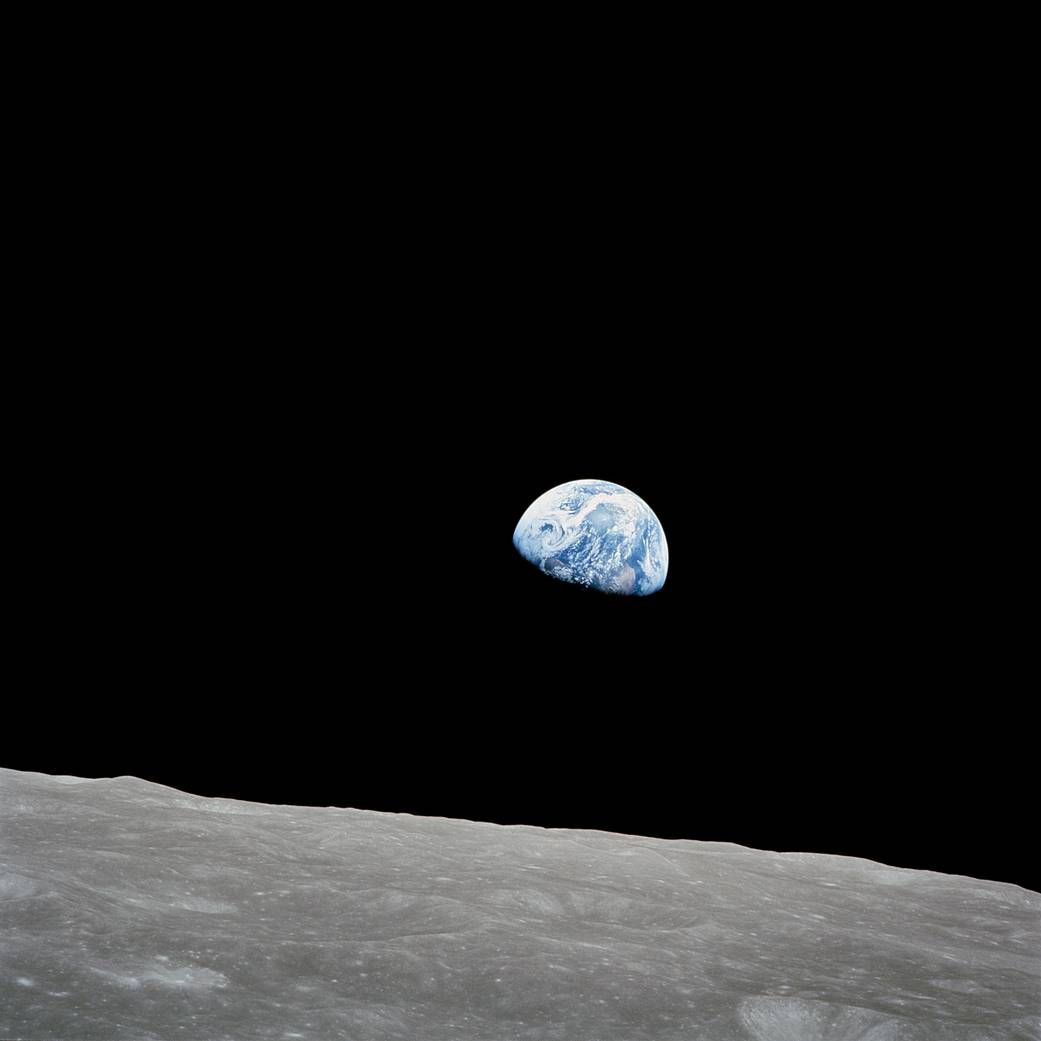
He caught the Earth above the gray-chalky lunar horizon, the sun illuminating parts of Africa and South America. Eddying clouds suggested an alive, dynamic planet. Earthrise, as the photograph would come to be known, amplified the beauty—and rarity—of humans’ home planet. Shortly after the crew splashed down a few days later, this photograph would grace the front page of newspapers around the world and become one of the most famous images of the Space Age.
Food packed for the crew that day was tied up in fireproof plastic green ribbons and labeled “Merry Christmas.” Inside Borman, Anders and Lovell found turkey with gravy and a fruit-cake coated with gelatin to prevent crumbs from floating into the spacecraft’s systems.
At 9:30 p.m., during the second-to-last lunar orbit of the flight, the crew began their last broadcast from the moon. Taking a cue from Bourgin, they turned the camera toward the moon and took turns describing their perspectives. Borman called the moon a “vast, lonely, forbidding-type existence, or expanse of nothing, that looks rather like clouds.” Lovell agreed, commenting that “the vast loneliness up here of the Moon is awe inspiring, and it makes you realize just what you have back there on Earth.” Anders added, “The sky up here is also rather forbidding, foreboding expanse of blackness, with no stars visible.”
“We are now approaching lunar sunrise,” Anders explained to the television and radio audiences around the world. “For all the people back on Earth, the crew of Apollo 8 have a message that we would like to send to you.” Minutes before the spacecraft slipped behind the moon for the last time, the crew took turns reading from Genesis.
“In the beginning, God created the heaven and the Earth,” Anders read.
Borman ended the passage, adding “and from the crew of Apollo 8, we close with good night, good luck, Merry Christmas, and God bless all of you—all of you on the good Earth.”
Around the world, television sets glowed with the broadcast. One in four people on Earth—roughly a billion people spread among 64 countries—listened to the reading. Within 24 hours, recorded broadcasts of the address from the moon reached people in another 30 countries. Audiences in North and South America as well as Europe tuned in live thanks to the recently launched Intelsat 3 satellite. Comsat put the satellite into operation a week ahead of schedule so that international audiences could follow the flight.
Frank Borman had at first been skeptical about the addition of heavy television equipment on missions because weight and time were at a premium. But the broadcast, and world reaction, would change his mind. “Probably [the] most important part of space,” he later reflected, “in view of [the] impact on people of the world.”
Reactions to the telecast were unprecedented, and the USIA won a significant public diplomacy victory with the carefully chosen, inclusive wording of the Christmas Eve address. A BBC correspondent commented that the reading “struck on instantly as a stroke of genius.”
In Latin America alone, 1,353 stations carried the VOA broadcast, breaking records. Even Radio Havana picked up VOA coverage, an anomaly for the official Cuban-government–run station known for transmitting programming created by the North Vietnamese, North Koreans and Russians. The station cheered the mission as “a total success.” Borman received some 100,000 letters of appreciation for the Christmas Eve broadcast from around the world, with just 34 letters making complaint.
The Apollo 8 crew had traveled farther and faster than any humans in history. They saw what no other eyes had seen: the far side of the moon, and the Earth from a great distance, blue and white and shining. They became the first humans to ride the mighty Saturn V rocket, break the bonds of Earth’s physical pull, and enter the gravitational field of another celestial body. But the mission, and the program more generally, “did much more than just advance the country scientifically and technically,” Borman, argued. “It advanced it—in my opinion—diplomatically just as much. It cast the country in a favorable light, at a time when there were many things that cast it in an unfavorable light.”
On Christmas Day, the front page of the New York Times carried an essay by the poet Archibald MacLeish inspired by the mission: “To see the earth as it truly is, small blue and beautiful in that eternal silence where it floats, is to see ourselves as riders on the earth together, brothers on that bright loveliness in the eternal cold—brothers who know now they are truly brothers.”
Expert from Operation Moonglow: A Political History of Project Apollo, by Teasel Muir-Harmony. Copyright©2020 by Teasel Muir-Harmony. Published by Basic Books. Reprinted by permission.
A Note to our Readers
Smithsonian magazine participates in affiliate link advertising programs. If you purchase an item through these links, we receive a commission.
/https://tf-cmsv2-smithsonianmag-media.s3.amazonaws.com/accounts/headshot/muirharmony_small.jpeg)
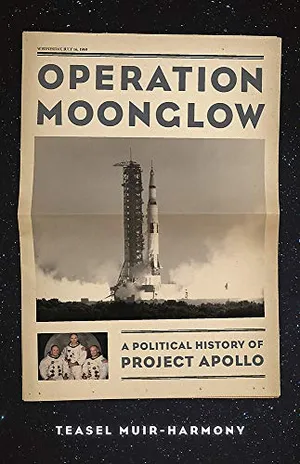
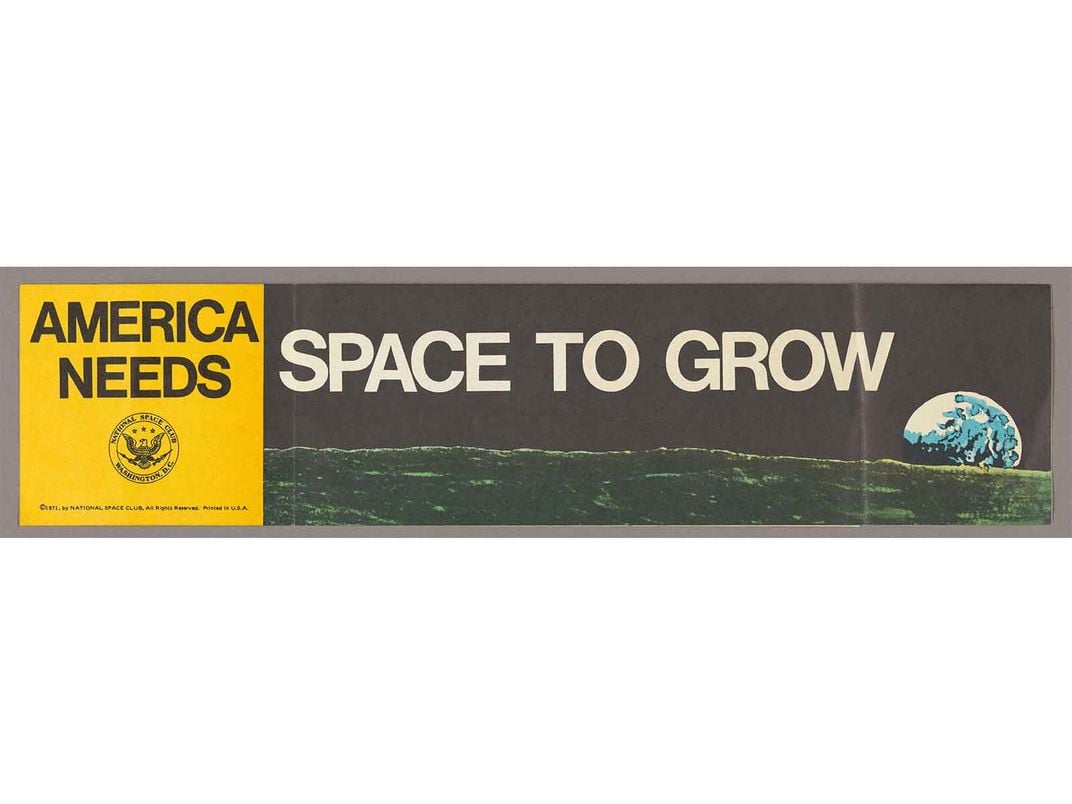
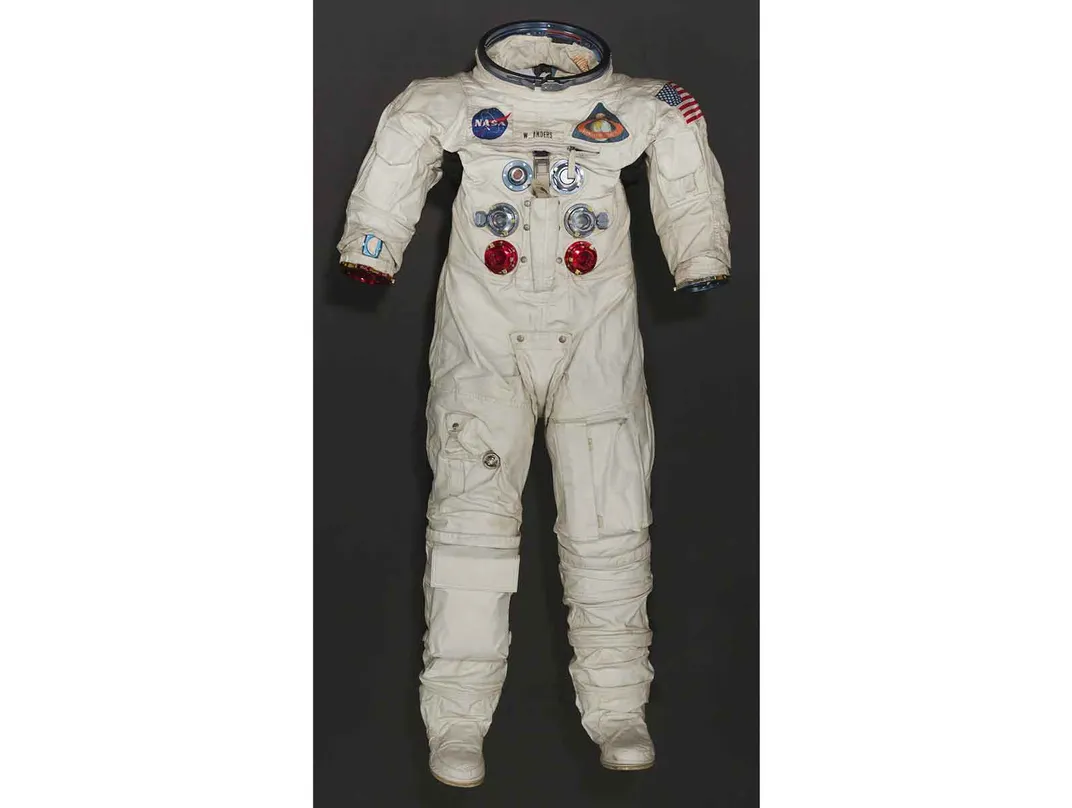
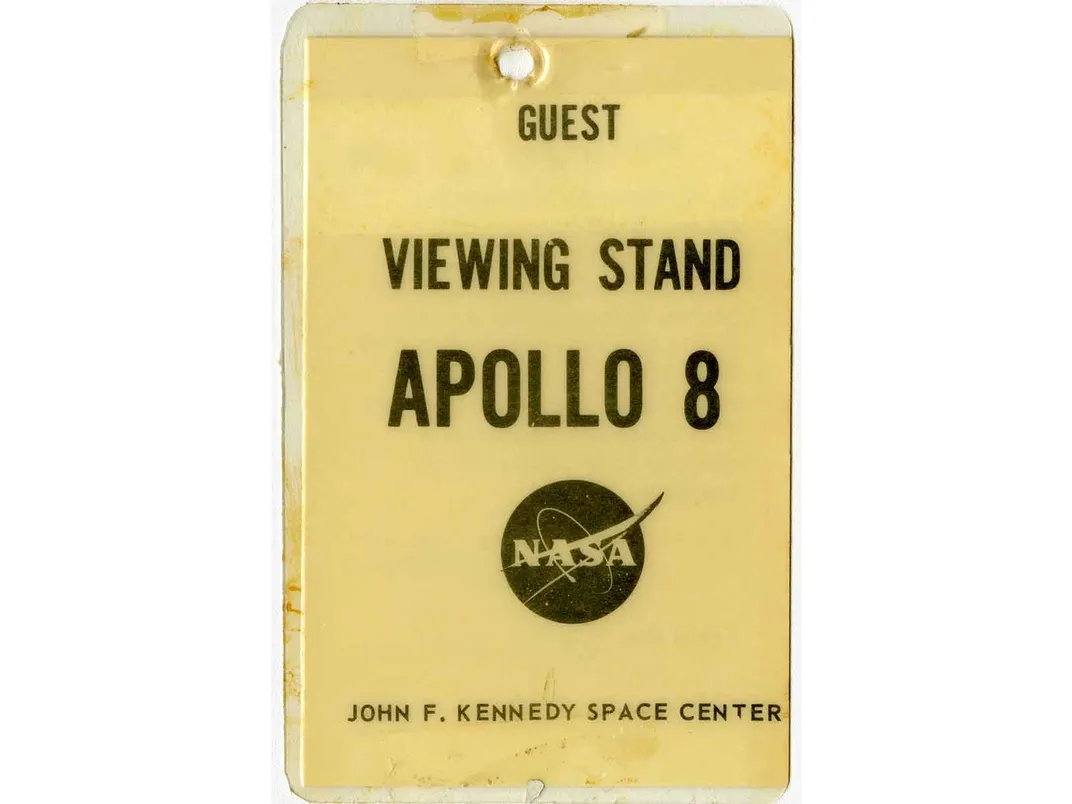
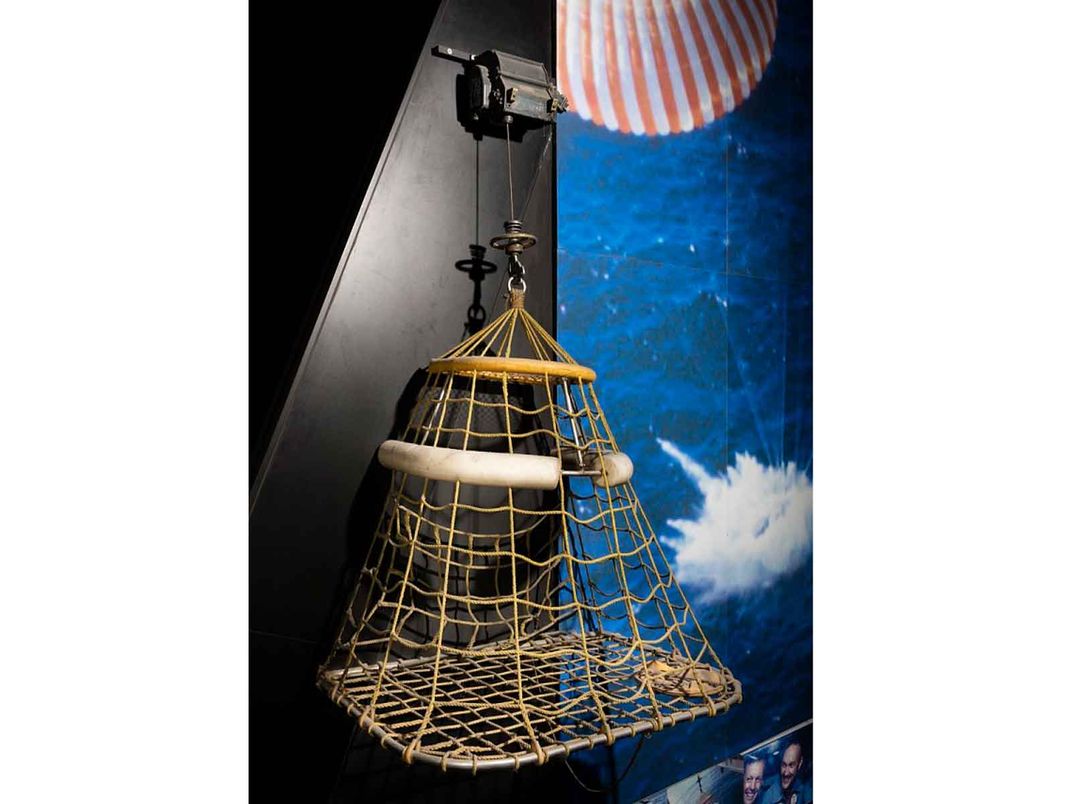

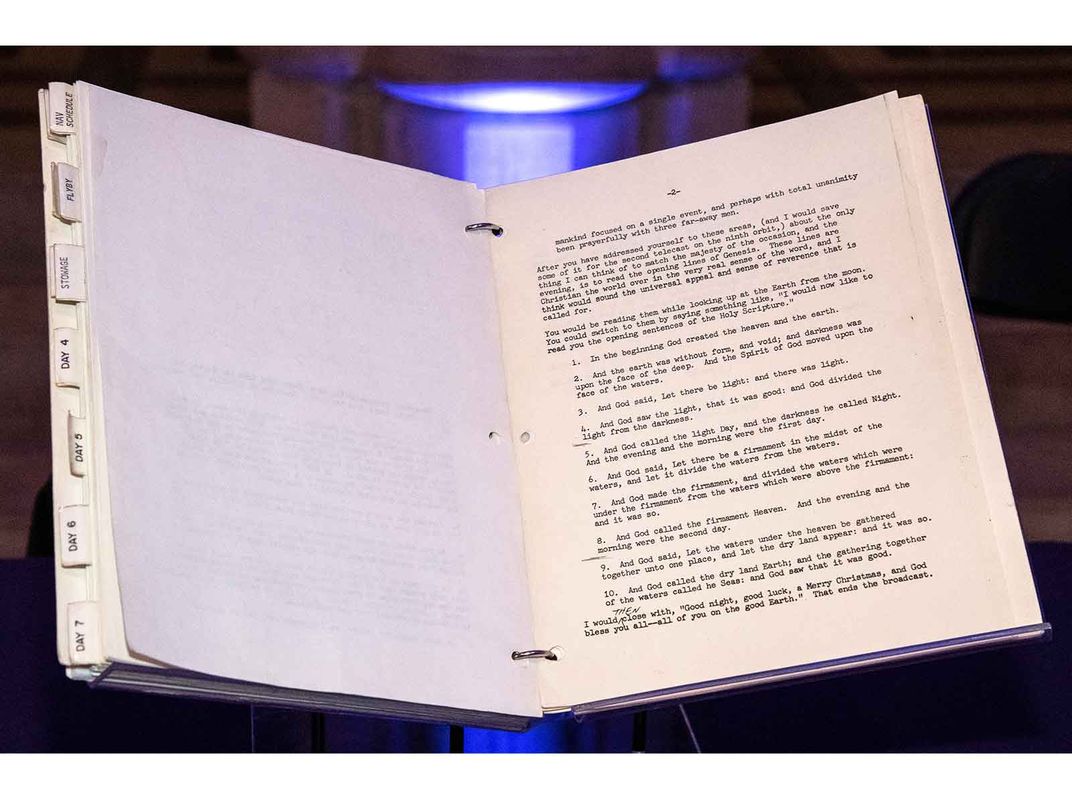


/https://tf-cmsv2-smithsonianmag-media.s3.amazonaws.com/accounts/headshot/muirharmony_small.jpeg)